Pollution is often viewed as a universal obstacle, afflicting all earth inhabitants equally. It is seen as unlikely that something so predominant and imminent could have the capacity to discriminate. However, the sobering reality is that vulnerable communities, often those made up of low-income and minority residents, are disproportionately impacted by the effects of pollution.
The term ‘environmental injustice’ was coined in 1990, after a study revealed that disproportionate amounts of toxic waste were being disposed of in predominantly African American communities. Worse yet, these waste sites were federally directed, meaning the government not only turned a blind eye, but orchestrated the intentional depositing of waste in these communities.
Environmental Injustice disproportionately impacts underprivileged communities, often ethnic enclaves, with detriments of pollution, natural and man-made disasters and environmental degradation. This discriminatory pattern repeats itself not only across the United States, but around the world as well.
Environmental focus was prioritized in the 90s, though policy-makers failed to comprehend the ways in which class and race had implications on how laws affected different communities. In addition, policy-making committees lacked low-income and minority representation, thus the brunt of pollution and waste disposal fell on those who were not given the chance to speak for themselves.
Historical patterns of discrimination and systematic racism also have a hand in the perpetuation of environmental injustice. Private institutions and businesses harbored practices of irresponsible disposal of biohazardous waste in low-income communities, particularly in the 1930s and 1940s. “Historical racism creates these different spaces and forces people to live in them,” remarked Dorceta Taylor, an environmental justice scholar at Yale University.
This was especially prevalent during the Great Depression. The housing crisis was aided by the government through segregation by forcing minorities into low-income urban housing to allow white citizens to move into new suburban homes. This segregation of housing earned the name ‘redlining.’
To follow, in the 40s, banks maintained the practice of color-coding metropolitan areas based on which communities were ‘trustworthy’ to invest in and to grant loans to. Minority and low-income communities were colored red, thus confining minority communities to dilapidated and polluted neighborhoods. “Neighborhoods marked as high-risk for investment over eight decades ago are 74% low-to-moderate income and 64% minority,” said the National Community Reinvestment Coalition.
The consequences of redlining are still seen today. The land in which these minority communities were confined lacked value, making for a cheap plot of real estate for large manufacturers to set up shop. Even today, manufacturers in large metropolitan cities like Detroit, Ohio and Chicago are nestled in minority or low-income neighborhoods.
Pollution so close to home has a myriad of effects on the health of the residents in the neighborhood. Lung cancer, respiratory diseases, and even heart disease are all potential illnesses a resident may become afflicted with due to pollution.
Minority communities are not only forced to contend with pollutant shops in their neighborhood, but also a lack of government regulation and attention relating to environmental amenities. These communities often lack trees, parks, access to nutritious food and in extreme cases, access to clean drinking water.
Darsh Patel, a senior living in Cleveland, Ohio, commented on his firsthand observations of environmental injustice within his city. “The factories and hazardous sites here are mostly in areas surrounded by minorities and poor neighborhoods,” he explained. “Lead contamination, poor air quality, power plants and over-industrialization in general are causing health problems. These blatantly discriminatory and obvious issues are being ignored, despite directly affecting members of the community.”
Despite the historical context, environmental injustice is not exclusive to metropolitan areas. In fact, Midwestern towns along the Mississippi River are quite familiar with the issues associated with natural disasters and pollution, especially those affecting the feculent river on which they reside.
Industrial waste has had a staggering impact on the Mississippi River. Climate change has amplified dry spells and storms that damage the river’s flow, affecting wildlife and people who work and live on the river forced to contend with the brunt of these disasters. Population growth also has added stress on the river as it serves as the main source of water throughout the Midwest.
No story better exemplifies the detrimental effects of environmental injustice than that of the water crisis wreaking havoc on low-income and African American communities in Cahokia Heights, Illinois. Sewage pollution has tormented the town for years due to infrastructure degradation.
Cahokia Heights is located in Centreville, a suburban region of Illinois. The population, steadily decreasing over recent years, sits at around 5,000, 93% being African American. In the 1970s, migration patterns showed white families steadily moving out of Cahokia, and subsequently, residents soon noticed that the upkeep of sanitary sewage systems bega to diminish. Considering about half of Cahokia’s residents live under the poverty line, resolving these issues without the city’s interference is out of the question.
The Mississippi River, intended to supply Cahokia residents with clean drinking water, is now funneling toxic sewage into residents’ plumbing systems, gurgling up sink drains and eroding backyards. “It’s horrible,’ stated Sharon Smith, a resident of Cahokia Heights along with her two children. “My floors, they buckled up. In my kitchen, the bottom of my sink is rotted out, and it’s starting to sink in.”
Negligence by the city’s infrastructure maintenance services has resulted in a nightmarish scenario of “raw sewage pools in yards, bubbles out of manholes, runs down neighborhood roadside ditches, and backs up into tubs, toilets, and sinks,” according to the lawsuit filed against the city.
The residents’ plight garnered the attention of the state’s top elected officials, including J.B Pritzker, labeling the situation as a “textbook example of environmental racism.” Action is being taken in the Cahokia area, but residents scoff at the sparse solutions administered by the city. It appears that more than Band-Aids will be necessary to alleviate this decades-long injustice faced by the resilient community.
Environmental Injustice afflicts impoverished communities across the United States, a developed country, yet the conditions of these enclave communities can be likened to those of a third-world country. Victims of neglected and polluted environments muster an inconceivable amount of strength and tolerance to withstand the persistent toll that degradation takes on a community.
Minority and low-income communities are continually at the disposal of their cities’ negligence in ensuring that access to clean water, air, and sanitation are universally available, despite race, class, and location. Junior activist Grace Ludwig gives her final thought regarding the perpetuance of environmental injustice: “It is not only unjust that these communities have had to face these iniquities throughout American history, but that these problems persist today,” she stated. “It is a natural right that all people are given the right to work and recreate in safe, clean environments.”








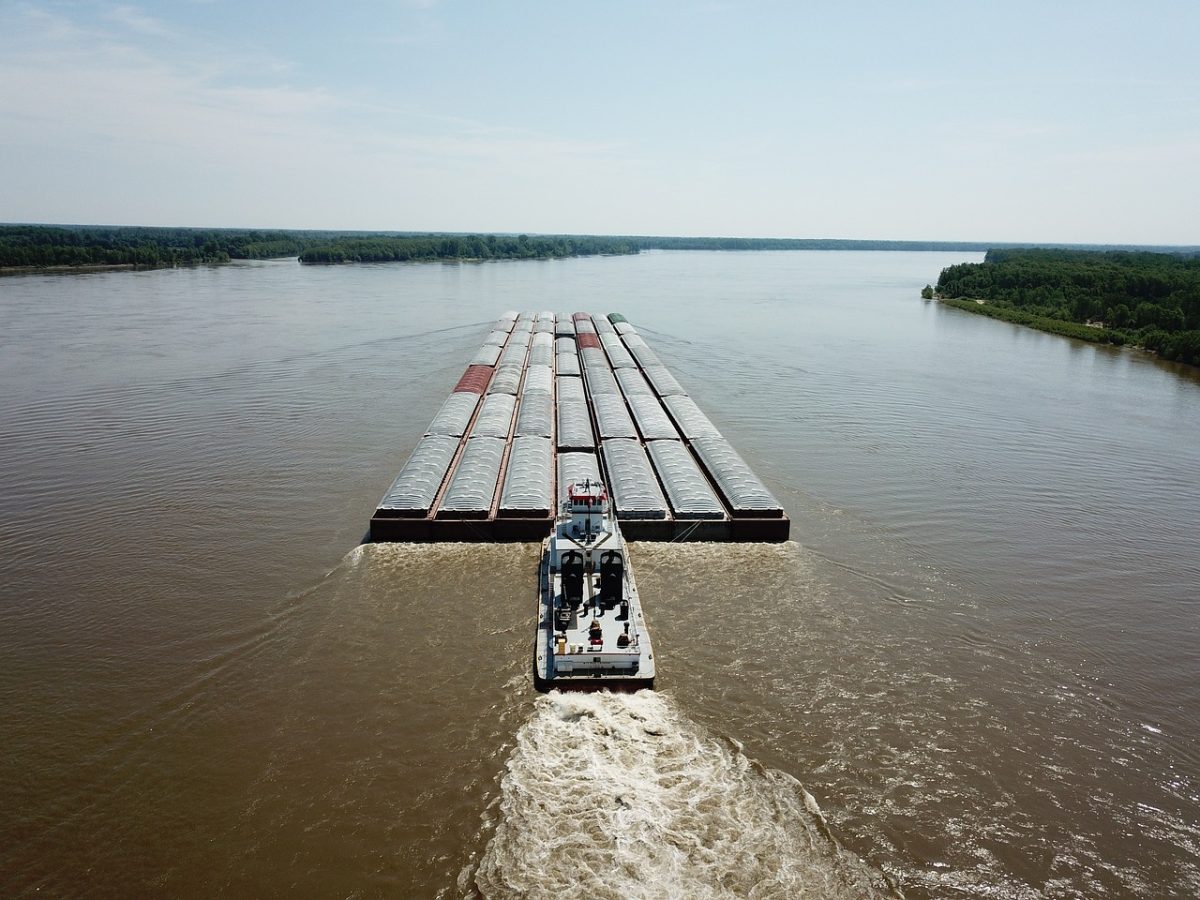
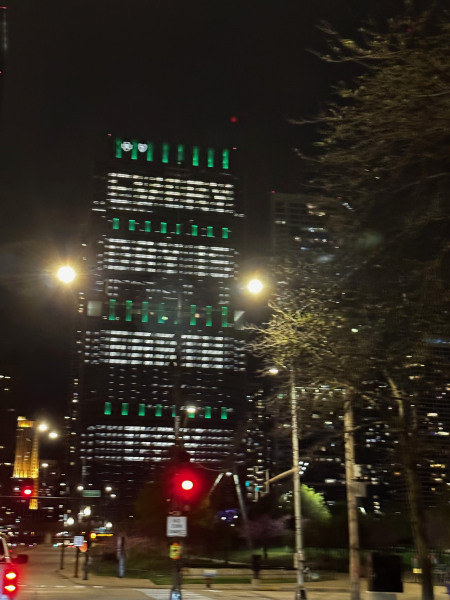
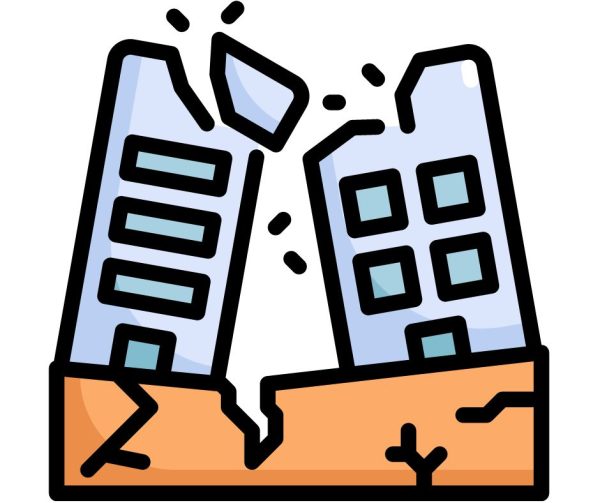
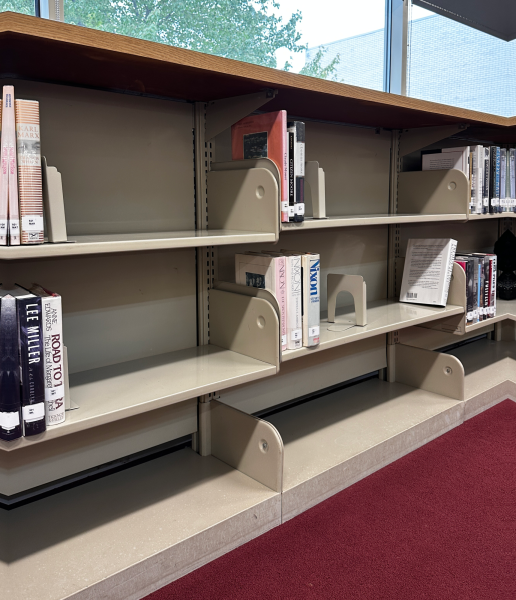
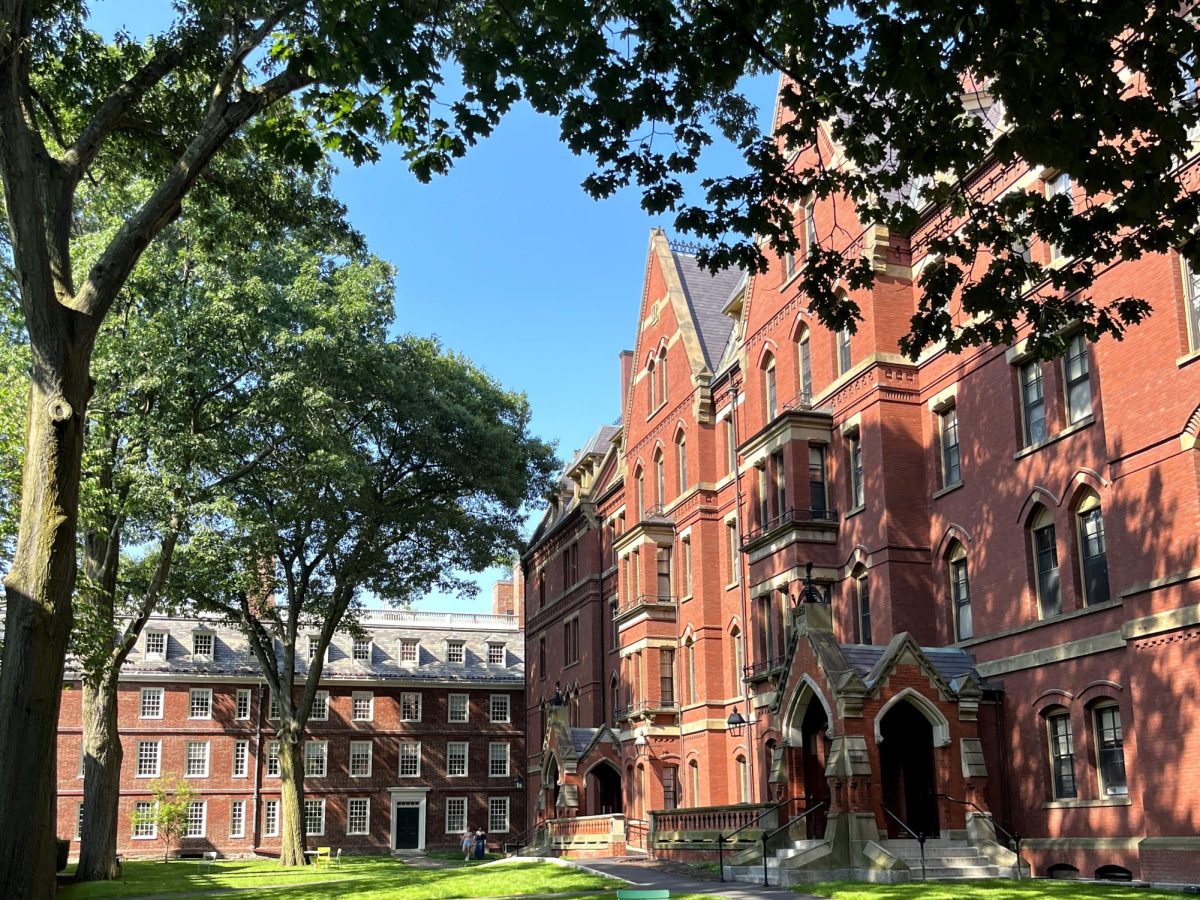
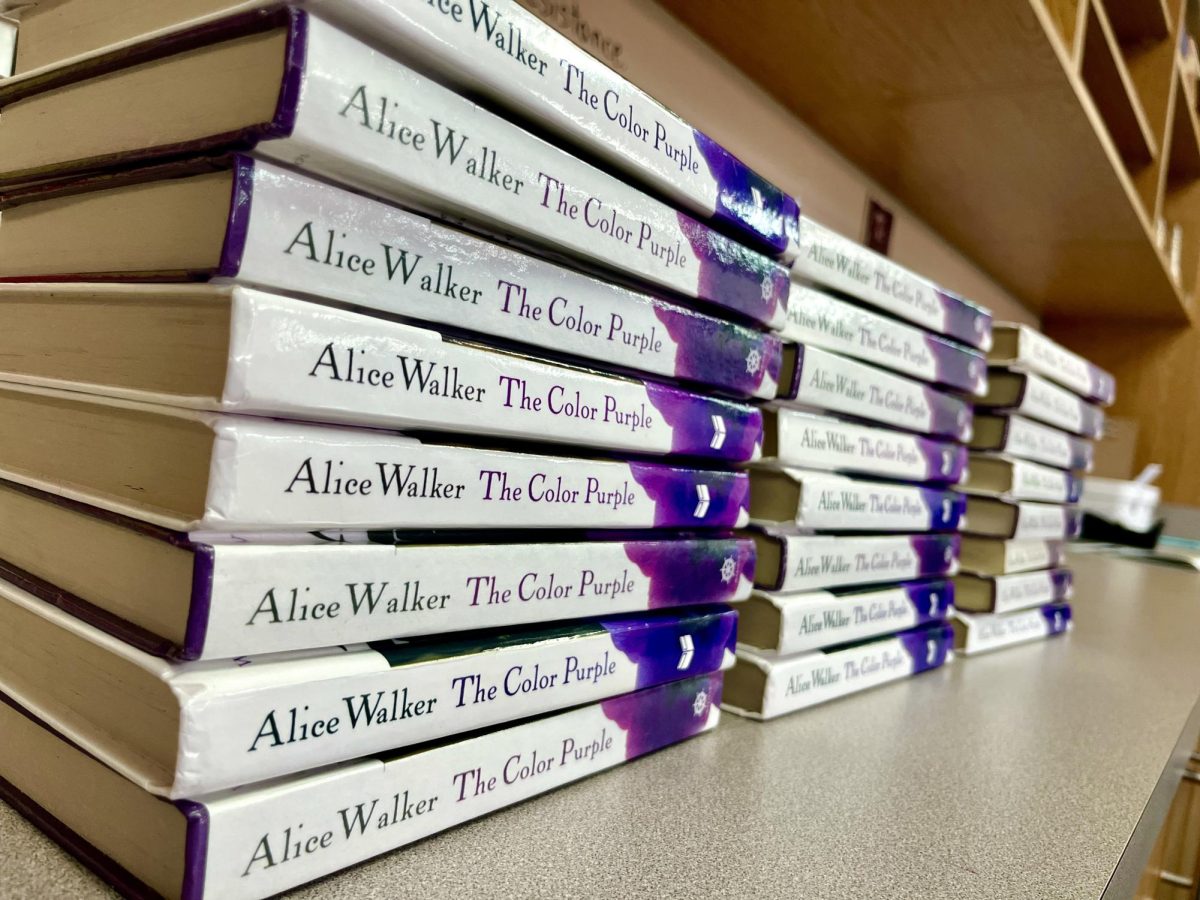
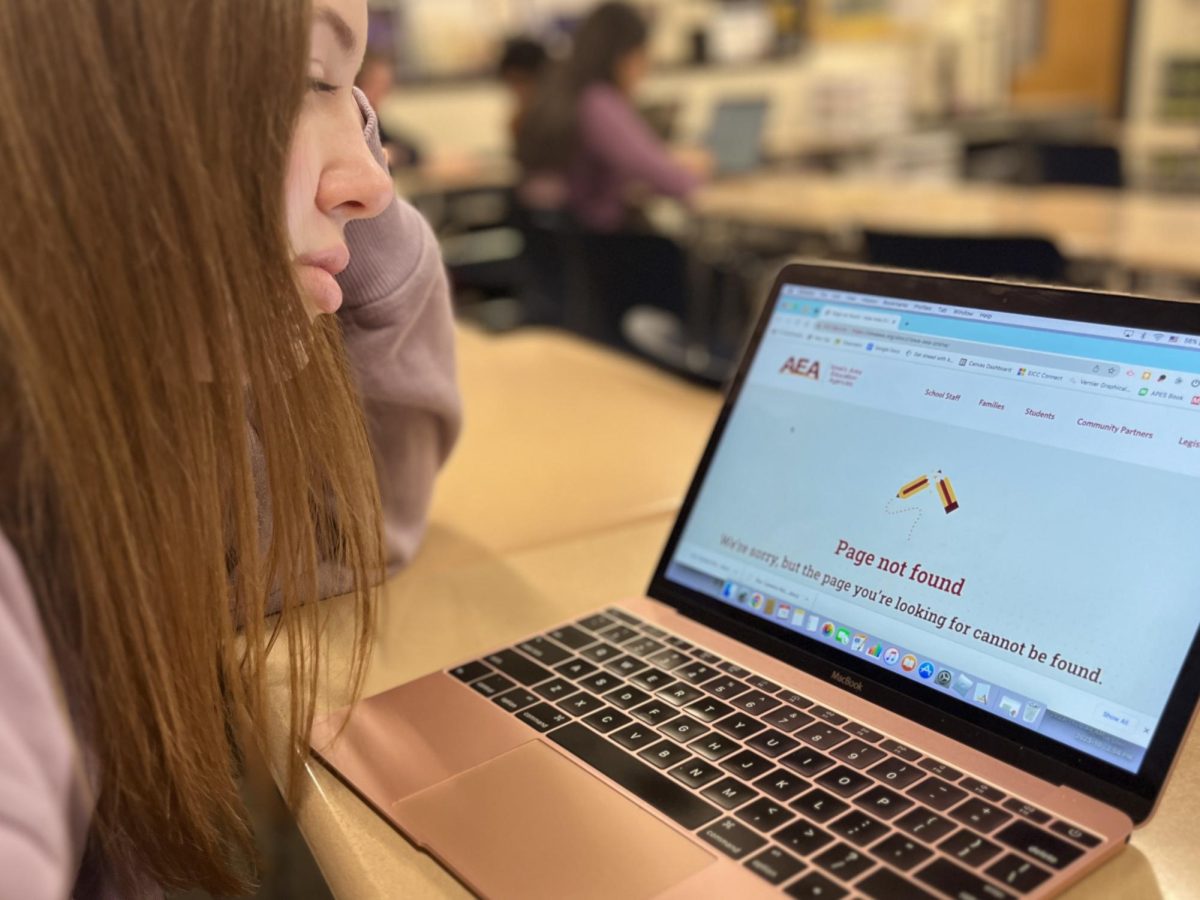

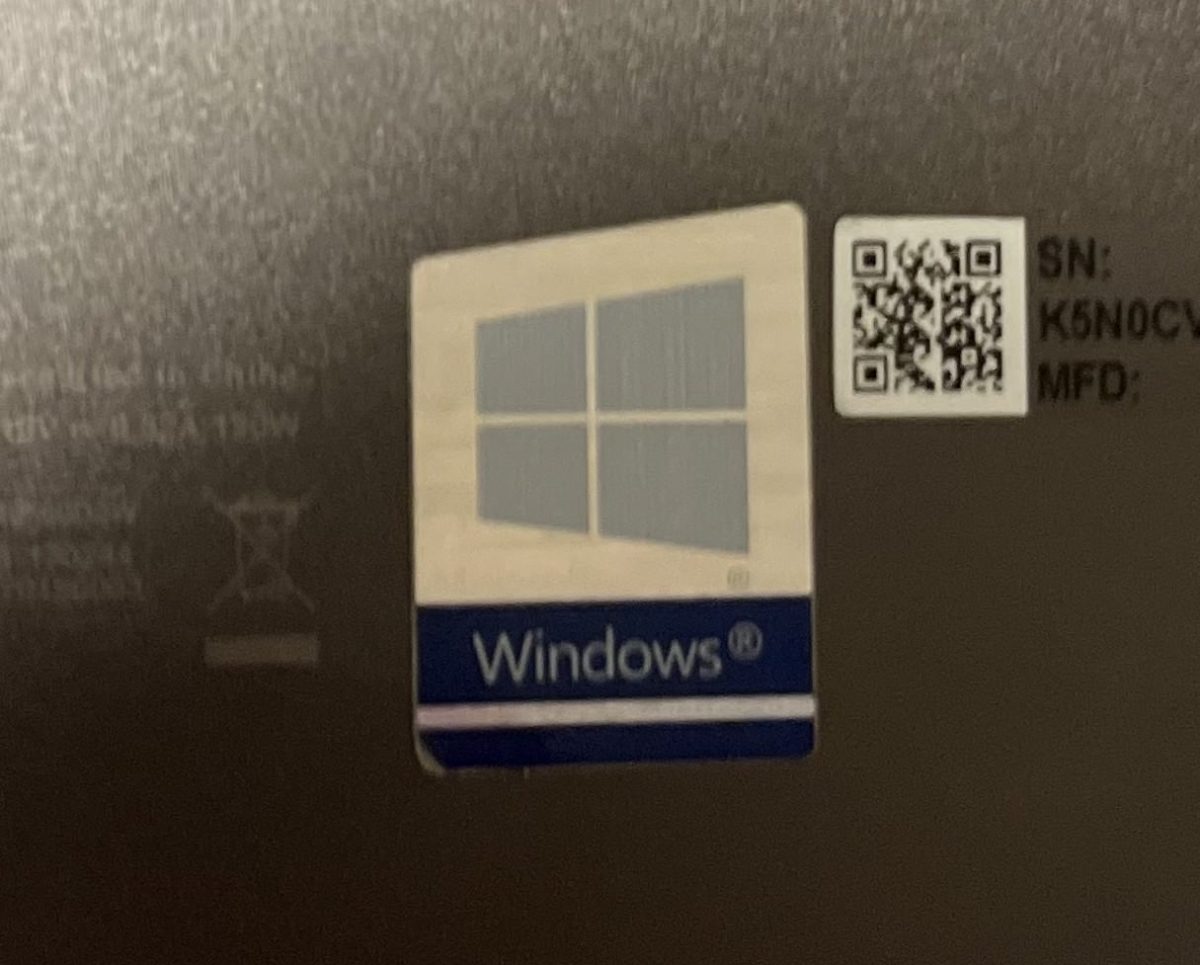
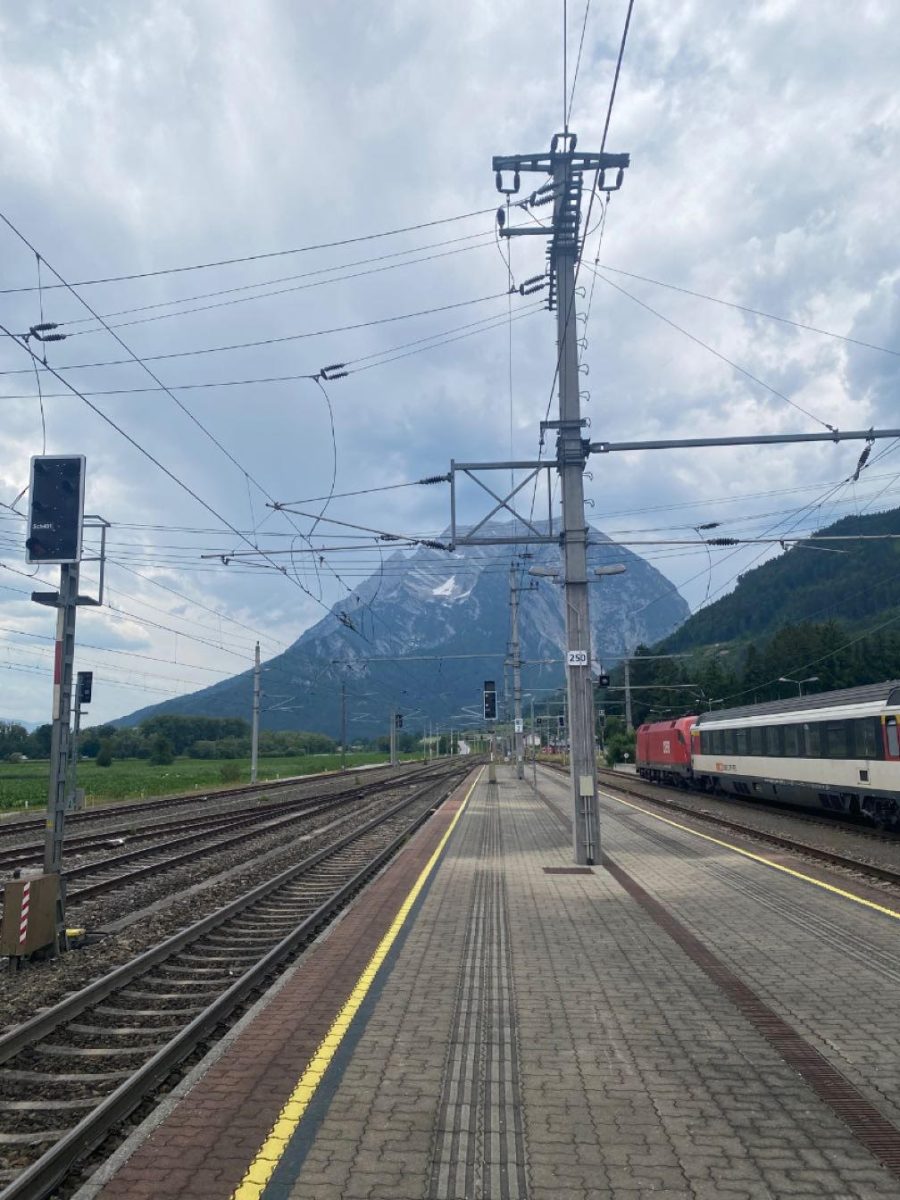

Nikhita Nallu • Oct 15, 2023 at 8:54 pm
Great article! I wonder if future action will be taken by the city of Cahokia to alleviate the injustices the residents have faced or if they will remain negligent.
Prothsa Shekar • Oct 10, 2023 at 5:00 pm
Environmental injustice, a term coined in 1990, refers to the disproportionate impact of pollution on vulnerable communities, particularly low-income and minority residents. This discriminatory pattern is global, with policymakers failing to understand class and race impacts on laws and lack of representation. Historical discrimination and systematic racism contribute to this issue, affecting communities along the Mississippi River.